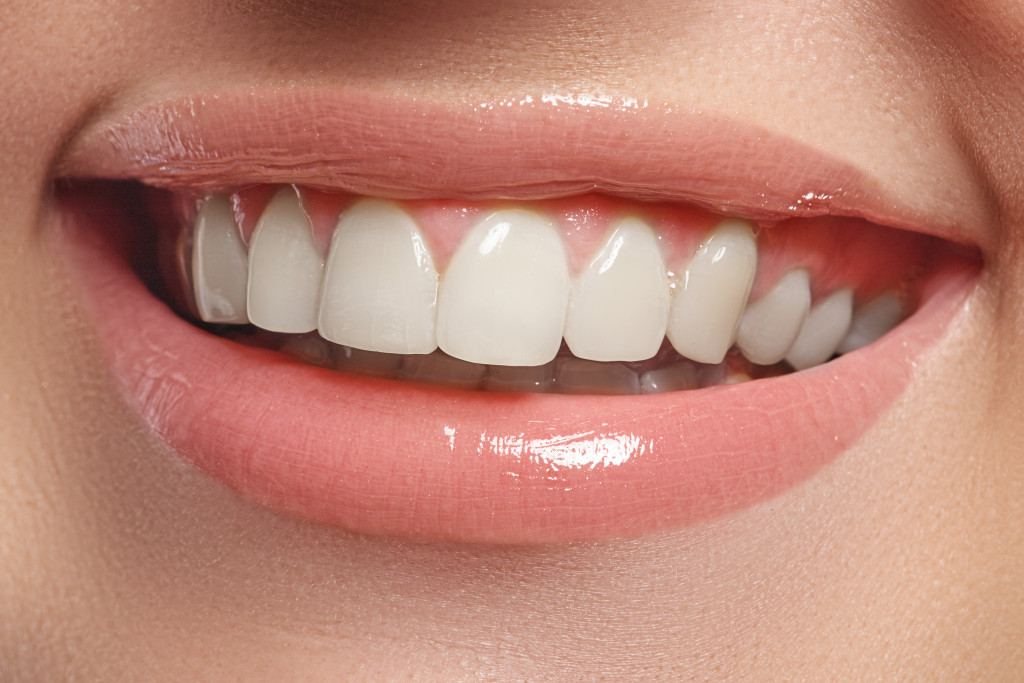Disclaimer: This website provides health information for educational purposes only and is not a substitute for professional medical advice, diagnosis, or treatment. Always seek the guidance of a qualified healthcare provider with any questions you may have.
There are many reasons why teeth may become misaligned. One of the most common causes is poor oral hygiene, which can lead to tooth decay and gum disease. Other causes of misalignment may include genetic factors, developmental problems, or trauma to the mouth. If left unresolved, these problems can result in an incorrect bite, which can cause many problems, including pain and difficulty chewing or speaking. So if you’re choosing between braces or Invisalign treatment, here are lifestyle factors to consider:
Treatment
Orthodontic treatment plans can last anywhere from a few months to years, depending on the severity of your teeth’s condition.
Invisalign can be an effective treatment for mild to moderate cases. However, if you have a severe case of misalignment, Invisalign might not be able to give you fast enough results. In some cases, even if you proceed with Invisalign, your dentist may still recommend partial braces for the final stage of treatment.
Meanwhile, braces can address varying degrees of teeth misalignment and are often the recommended treatment for more severe cases. Traditional braces are also better at correcting complex dental problems, such as overbites, underbites, and crossbites.
Appearance
Orthodontic treatments can dramatically improve your smile by straightening your teeth. This, in turn, can boost your confidence and self-esteem afterward. However, you would have them on your teeth during treatment as you go about your daily activities. So, if you have a career or social lifestyle where you are conscious of your appearance when meeting new people, the appearance of your dental treatment would be a consideration.
With this, Invisalign is nearly invisible because it’s made of clear plastic aligners. You can wear Invisalign without anyone knowing that you’re undergoing dental treatment unless you tell them. On the other hand, braces are metal, so they may be more noticeable to others. However, lingual and ceramic braces offer a more discreet option for patients concerned about the appearance of their smile during treatment. Lingual braces are placed behind teeth, whereas ceramic braces are often tooth-colored and less visible than traditional metal braces.

Eating Experience
Invisalign treatment can affect your eating experience. The aligners must be removed before eating, so you’ll need to take them out every meal or snack. Likewise, since Invisalign is removable, you’ll need to brush your teeth before putting them back in. This would also avoid any stains that can become visible since the material is transparent.
Meanwhile, braces can make it difficult to eat certain foods. For instance, you’ll need to avoid sticky or hard foods that can get stuck in your braces and cause damage. With this, you might have to change your diet during treatment. You would have to avoid food such as gum or caramel candy. You would also have to avoid biting off food. For example, when eating apples or corn on the cob, you must remove them from the core first before eating.
Brushing and Flossing
Brushing and flossing are essential when undergoing orthodontic treatment, whether it’s Invisalign or braces. This is because orthodontic treatment can cause bacteria in your teeth and gums, leading to gum disease and other dental problems. It’s important to brush your teeth at least twice a day and floss once daily to ensure that your teeth and gums remain healthy during orthodontic treatment.
Invisalign is removable. You can take them out, brush them, and floss as usual. You would also have to brush these aligners, or else they would become discolored over time. But with braces, you have to get around all the metal brackets and wires. This can be tricky, especially if you have difficulty reaching certain areas of your mouth. Plus, braces can sometimes snag on dental floss, making it difficult to clean between your teeth.
Dental Visits
No matter which type of orthodontic treatment you choose, you will still need to do dental checkups every four to eight weeks, depending on your treatment plan. This is important to ensure that your teeth stay healthy and are on the right track for a good outcome. Moreover, you would have to consider how you can make time for these appointments and how your treatment would affect your daily lifestyle. This is why you should go to an orthodontist who can give you the most suitable treatment plan to cater to your needs without any worries or hassle.
Orthodontic treatment is an important decision that should not be taken lightly. You wouldn’t want to invest in a dental treatment that may not be the right fit for you. By carefully considering the braces vs Invisalign debate, you can make the best choice for your smile.




